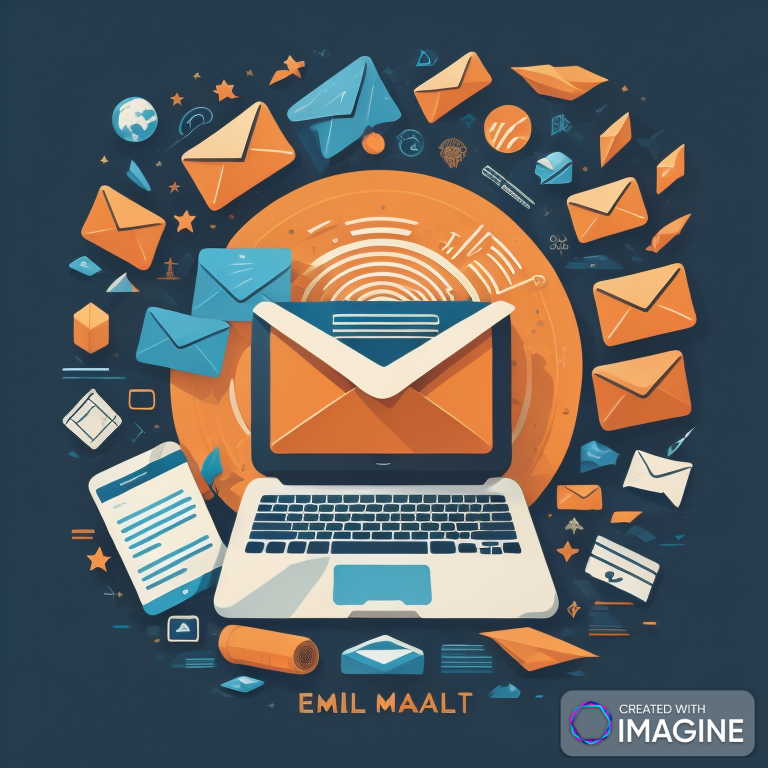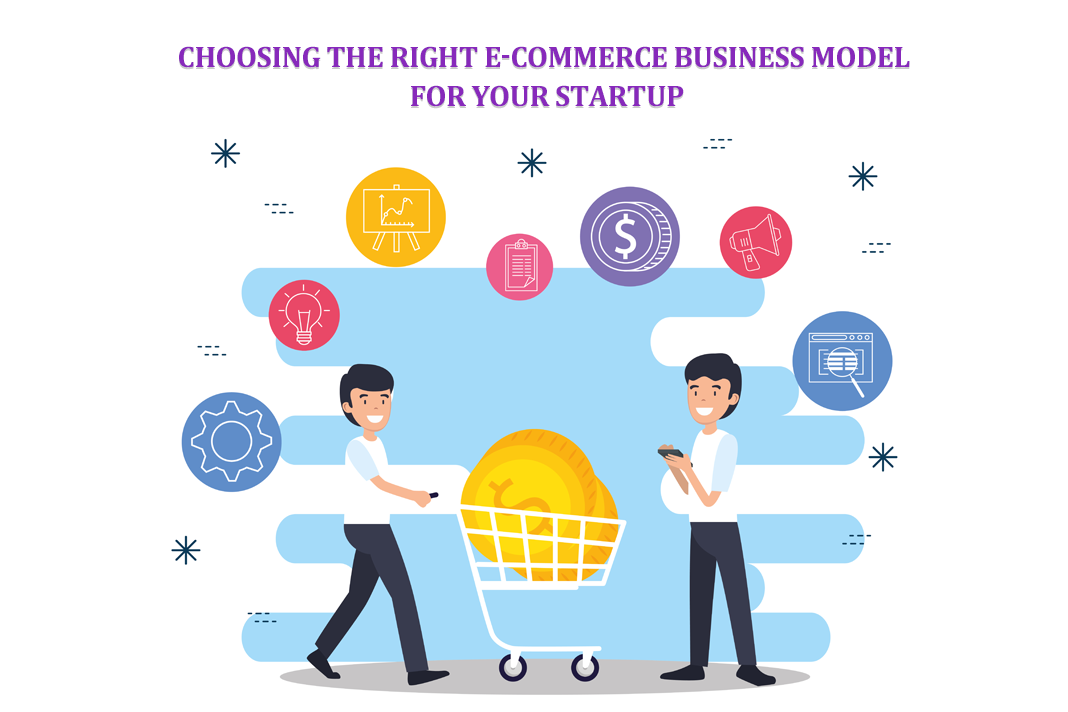In the ever-evolving landscape of digital marketing, email remains a powerful tool for engaging with your audience. A well-executed email marketing campaign can drive brand awareness, foster customer loyalty, and boost sales. Here’s a step-by-step guide to creating a successful email marketing campaign for your business:
1. Define Your Goals:
Before diving into the campaign, outline clear and measurable goals. Whether it’s increasing sales, driving website traffic, or building brand awareness, having specific objectives will shape your campaign strategy.
2. Understand Your Audience:
Segment your email list based on demographics, behaviors, or purchase history. Tailor your messages to resonate with each segment, ensuring your content is relevant and valuable to your audience.
3. Build a Quality Email List:
A successful campaign starts with a high-quality email list. Use opt-in methods and avoid purchasing lists to ensure your subscribers genuinely want to hear from you. Regularly clean and update your list to maintain its quality.
4. Craft Compelling Content:
Create engaging and personalized content that speaks to your audience. Use a conversational tone, compelling visuals, and concise copy. Include a clear call-to-action (CTA) that guides recipients on the desired next steps.
5. Responsive Design:
Optimize your emails for various devices. Ensure they are mobile-friendly to accommodate the growing number of users accessing emails on smartphones and tablets.
6. Attention-Grabbing Subject Lines:
Craft subject lines that pique curiosity and encourage opens. Keep them concise and relevant while avoiding spam triggers. A/B test different subject lines to understand what resonates best with your audience.
7. Personalization:
Use recipient’s names and personalize content based on their preferences or past interactions. Personalization fosters a sense of connection and increases the likelihood of engagement.
8. Timing Matters:
Consider the timing of your emails. Test different send times and analyze when your audience is most responsive. Use tools to schedule emails for optimal delivery.
9. Clear Call-to-Action (CTA):
Each email should have a clear and compelling CTA. Whether it’s making a purchase, signing up for an event, or downloading content, guide your audience on what action to take.
10. A/B Testing:
Experiment with different elements of your emails, such as subject lines, content, or CTA buttons. A/B testing helps you identify what resonates best with your audience, allowing you to refine your strategy.
11. Monitor and Analyze Metrics:
Track key metrics like open rates, click-through rates, and conversion rates. Analyzing these metrics provides insights into the success of your campaign and areas for improvement.
12. Segmentation for Follow-Up:
Based on the campaign’s performance, segment your audience for follow-up emails. Tailor subsequent messages based on their interactions with the initial campaign.
13. Compliance and Transparency:
Ensure your emails comply with relevant regulations such as GDPR or CAN-SPAM. Be transparent about what subscribers can expect, and provide an easy opt-out option.
14. Continuous Improvement:
Regularly analyze the results of your campaigns and use the insights to refine your future strategies. Stay informed about industry trends and incorporate new tactics to keep your campaigns fresh and effective.
By following these steps, you can create a robust and successful email marketing campaign that resonates with your audience, drives engagement, and achieves your business goals.
15. Create Engaging Visuals:
Incorporate eye-catching visuals to enhance the visual appeal of your emails. Use high-quality images, graphics, and even videos to convey your message effectively. Visual content can significantly increase engagement and make your emails more memorable.
16. Personalized Recommendations:
Leverage data on past purchases or interactions to provide personalized product recommendations. This not only enhances the customer experience but also increases the likelihood of driving additional sales.
17. Social Media Integration:
Include social media buttons in your emails to encourage recipients to share your content. This extends the reach of your campaign beyond the email platform and fosters social engagement with your brand.
18. Exclusive Offers and Promotions:
Entice your audience with exclusive offers, discounts, or promotions. Create a sense of urgency by including limited-time deals, encouraging recipients to take immediate action.
19. Interactive Elements:
Experiment with interactive elements such as polls, quizzes, or clickable sliders within your emails. Interactive content enhances engagement and provides a unique and memorable experience for your subscribers.
20. Storytelling:
Craft compelling stories within your emails that resonate with your brand and connect emotionally with your audience. Stories create a personal connection, making your brand more relatable and memorable.
21. User-Generated Content (UGC):
Encourage your audience to contribute content, such as testimonials, reviews, or photos related to your products or services. Incorporating UGC adds authenticity to your emails and strengthens the sense of community around your brand.
22. Drip Campaigns:
Implement drip campaigns to deliver a sequence of automated, targeted emails over time. Drip campaigns are effective for nurturing leads, onboarding new users, or guiding customers through a specific journey.
23. Survey and Feedback Requests:
Seek feedback from your audience through surveys or feedback requests. This not only provides valuable insights but also engages customers by making them feel heard and involved in your brand’s evolution.
24. Cross-Sell and Upsell Opportunities:
Identify opportunities to cross-sell or upsell products or services based on customers’ previous purchases. Tailor your recommendations to complement their buying behavior, increasing the chances of additional sales.
25. Mobile Optimization:
Given the prevalence of mobile device usage, ensure your emails are optimized for mobile viewing. Test how your emails appear on various devices to guarantee a seamless experience for all recipients.
26. Dynamic Content:
Implement dynamic content that adapts based on user behavior, preferences, or demographics. Dynamic content ensures that each recipient receives a personalized and relevant email based on their unique profile.
27. Customer Loyalty Programs:
Promote customer loyalty by introducing and highlighting your loyalty program within your emails. Reward loyal customers with exclusive perks, discounts, or early access to new products.
28. Localization:
If applicable to your target audience, consider localizing your email content, including language, currency, and cultural references. Localization demonstrates your commitment to understanding and catering to diverse audiences.
29. Re-Engagement Campaigns:
Identify inactive subscribers and implement re-engagement campaigns to win them back. Use targeted offers, surveys, or personalized content to rekindle their interest in your brand.
30. Collaborations and Partnerships:
Explore collaborations or partnerships with other brands or influencers. Co-branded emails or endorsements can introduce your brand to new audiences and add credibility to your offerings.
31. Embrace Segmentation Complexity:
As your email list grows, consider more sophisticated segmentation based on a combination of factors such as behavior, preferences, and demographics. This allows for highly targeted and personalized campaigns.
By incorporating these additional strategies, you can enhance the effectiveness of your email marketing campaigns, drive higher engagement, and build lasting relationships with your audience.







